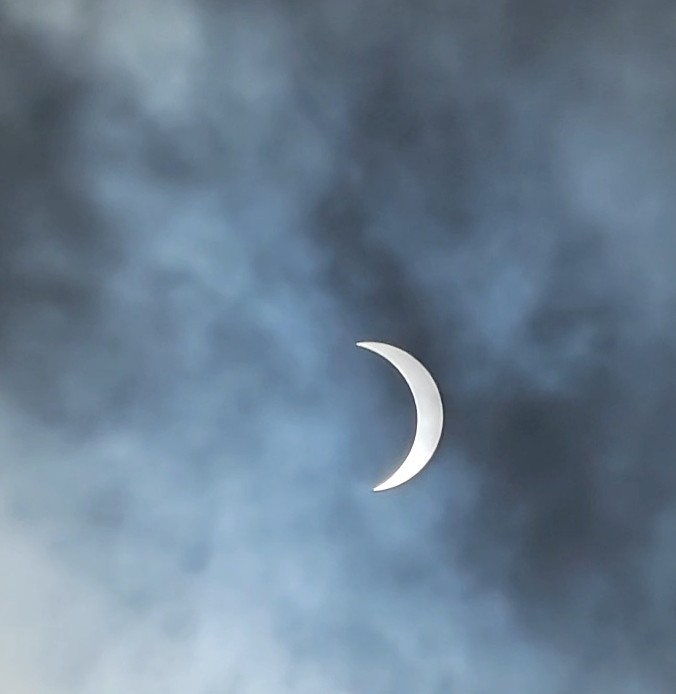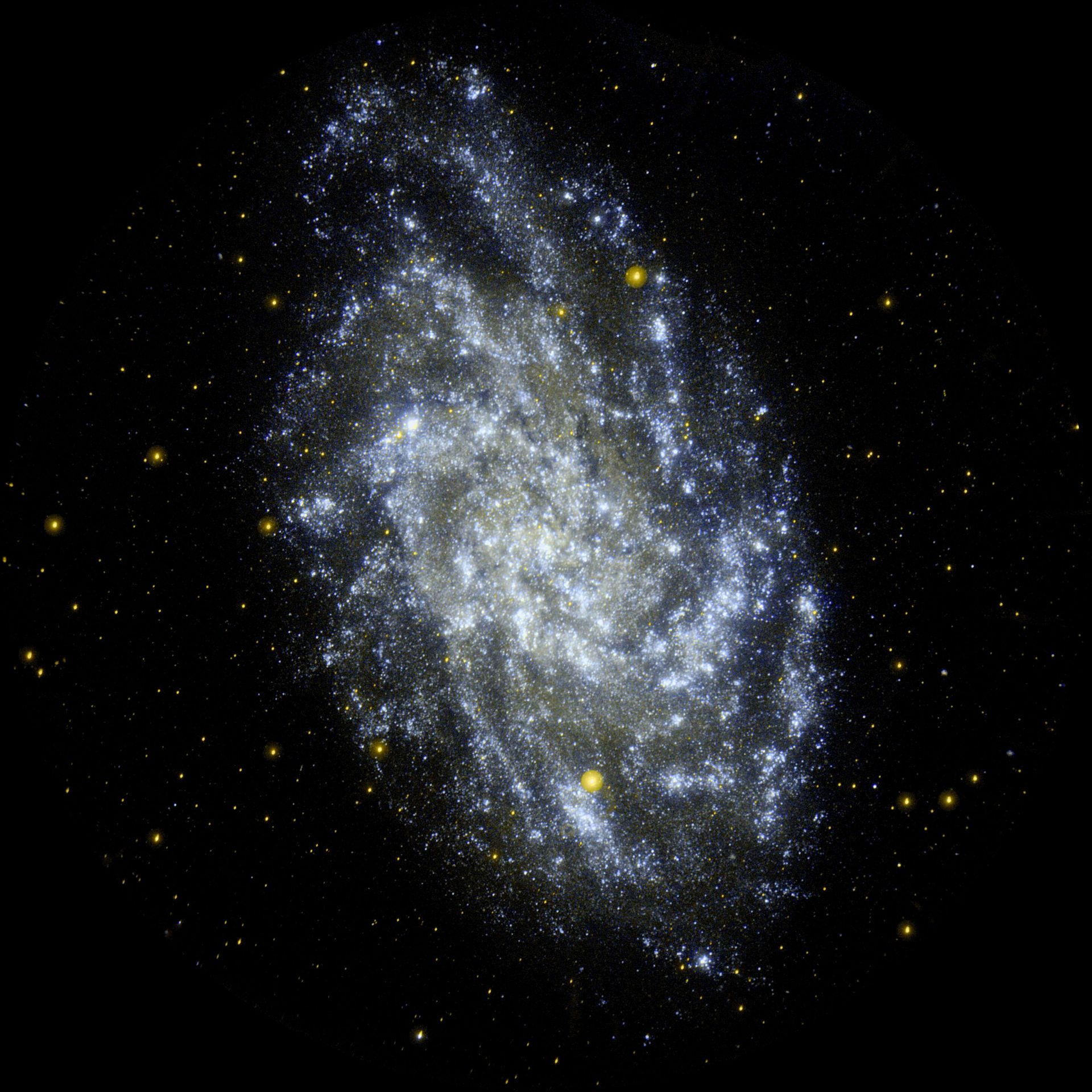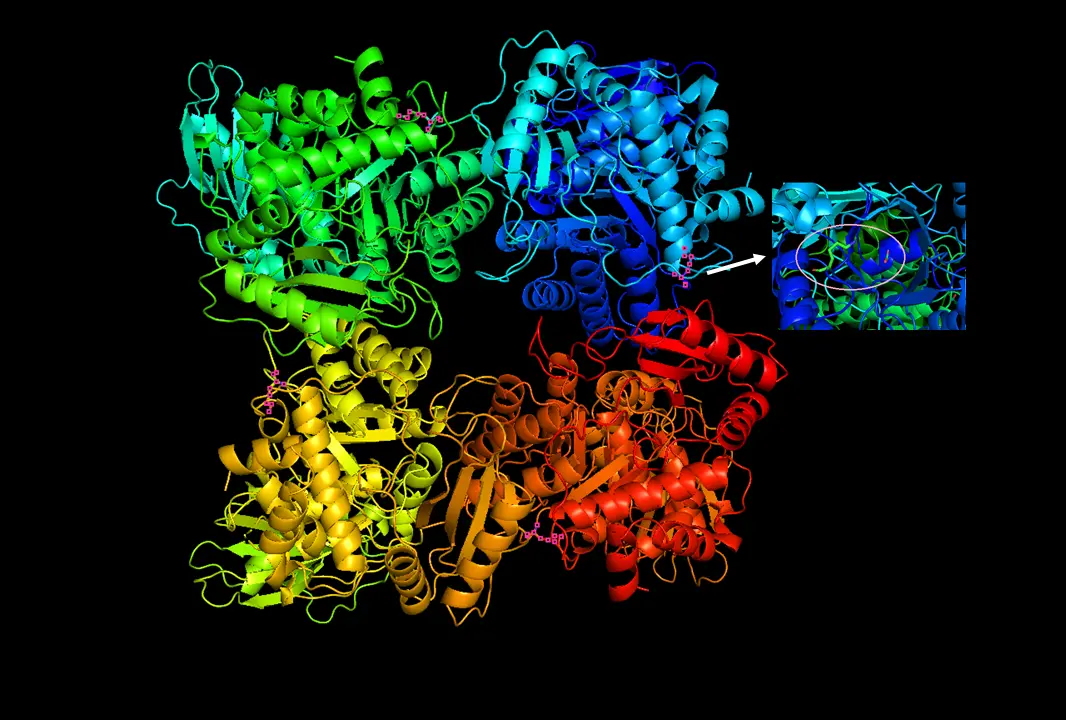
So. When I was in my junior year of college, the dorm I lived in was built more like a high occupancy apartment rather than a college dorm room, it had a living room and a kitchenette. No built-in stove but we were allowed to have a hot plate, so I went to K-Mart and bought a double burner one.
For some reason, one of my roommates had a cereal bowl that was in the shape of a saucepan. It was made of plastic, but it was black and had a handle. One day I walk into the apartment to an ungodly chemical smell and exactly the image above.
Probably the plastic “pan” was a children’s toy that made its way into an alternate use. I probably still have a few lying around from the toddler days.
This was bigger than most children’s toy pans I’ve seen; it could probably have held a quart of water. It was used as a cereal bowl at least once.
Yup meltdowns happen sometimes. AND there’s the century-long legacy of radioactive waste!
I agree. We should deal with nuclear waste in the same way we handle the waste from other fossil fuels: by spreading it over the entire planet in a thin, even coating so that everyone is equally affected!
Back in middle school, our science teacher decided to make the class do a debate about different types of energy sources in order to learn about their advantages and disadvantages. I was on the pro-nuclear team, and we were wracking our brains trying to come up with a rebuttal to “but what about the waste?” until some madlad basically came up with this great argument:
We can just dump all of the nuclear waste on Belgium. It will take a really long time before it fills up, and nobody cares about Belgium anyway
The anti-nuclear team had no good response, and we actually got a point for that argument because we looked up the relevant statistics (nuclear waste output, belgium surface area, etc.) and calculated exactly how long it would take to turn belgium into a radioactive wasteland.
There’s a really simple answer to the waste problem though. And it’s super, blatantly obvious.
All nuclear material is basically ground up rocks that we dug out of a hole and then filtered the spicy bits out of. So grind it back up, pour it into concrete and stuff it back down the same hole it came from. Of course, you can’t legally do that, but that’s only because we have a ton of rules what constitutes safe disposal, etc. Recreating the original conditions basically meant you’re (re)creating something unsafe, but we do that in a LOT of places.
EDIT: For example there are regions in Belgium and the Netherlands where there is so much naturally occuring arsenic in the ground, that if you scoop a bucket full of dirt, walk 50 meters across the provincial border and put pour it out, you’re comitting (at least) three different crimes. That’s legally valid, after all, the bucket contains polluted material, but practically nonsense since you literally just picked it up, and it’s been like that long before people ever got there.
fair argument
I want to add something to it:
First of all, a lot of that uranium seems to have been there and slowly decaying for a long time. I think, what we humans did was to “wake it up” and turn it into some more violently-reacting other elements, for the sake that we get the energy out of it at an acceptable pace. Now, though, it’s severely more dangerous than it was before.
Also, I’ve an idea about what to do with the waste: Since the waste tends to activate itself due to neutron activation, put a lot of it (but just barely not enough to make a bomb) together and it will activate itself to react violently at very high speeds, but just barely not fast enough to explode (make a bomb). That way, you can get a lot of heat out of it rather quickly, and are left with burned-out material (which contains less radioactive potential).
First of all, a lot of that uranium seems to have been there and slowly decaying for a long time. I think, what we humans did was to “wake it up” and turn it into some more violently-reacting other elements, for the sake that we get the energy out of it at an acceptable pace. Now, though, it’s severely more dangerous than it was before.
it’s weird, but it’s not “more violent” it’s just more energetic. Either through enrichment, making it more potent, which is an industry standard across the entire western world. Or through making fertile material, like uranium 238, fissile by going through the decay chain until it becomes something more spicy, like pu 239 or whatever.
The big problem is that the energy it releases is definitionally incompatible to human life. That’s the ONLY problem.
oh and btw, nuclear reactors are physically incapable of “going critical” it’s physically impossible. 90% of the concern is it breaking containment from being really fucking hot, which is notably, really hard to deal with.
Or through making fertile material, like uranium 238, fissile by going through the decay chain until it becomes something more spicy, like pu 239 or whatever.
Yeah that’s what i meant.
You’re so right - we should just pump all our crap out into the biosphere instead and keep burning coal.
Solar and wind are currently both cheaper than coal, and rapidly getting cheaper.
Nuclear is more expensive, and the cost is growing. There will be almost certainly be no private investment in nuclear in the future unless it’s ideologically driven.

https://en.m.wikipedia.org/wiki/Cost_of_electricity_by_source
Come on let’s get some price breaks on the solar towers!
I totally know what solar towers are

Nuclear is more expensive, and the cost is growing. There will be almost certainly be no private investment in nuclear in the future unless it’s ideologically driven.
even if this is the case, i still think it’s a good idea to at least invest in research and development in nuclear fission, which might even help fusion down the road. Not to mention it’s always good to have alternatives. Would be a shame if we found out that solar panels are actually the new asbestos or something silly.
The only problems with solar are incoming president McFuckface’s tariffs, and AI’s propensity to use every goddamn moving electron in the world.
the AI problem is irrelevant to solar. The tariffs definitely don’t help, plus we already have a raw materials import ban from china as well, so that’s cool.
Really doesn’t help that china has basically an entire market monopoly on rare earth materials.
almost certainly no private investment in nuclear in the future
I too refuse to read any news, ever, if it doesn’t support my viewpoint. Definitely no current investments in nuclear at the moment.
I like wind and solar! They’re not the whole of the solution for the whole globe though. There’s no reason to keep spreading the fossil fuel industry’s propaganda for them.
Sorry, I meant to say new private investment
century-long legacy
At least millenia, might be epochs (million years) …
Though if Chernobyl is any indication in a few decades nature works its way around it.
The dangerous radiation disappears much much sooner then that. And if its millions of years, the local life would adapt, more then it already has. Interesting related info: https://en.m.wikipedia.org/wiki/Radiotrophic_fungus
Interesting link, thanks. Also, radiotrophic fungus is speculation at this point and has never been found in nature.
Luckily waste storage is a solved problem.
Drill hole in bedrock, put waste in hole, backfill with clay.
Drill hole in bedrock, nuclear waste falls into the void and despawns, problem solved
How’d you get a photo of my stove top from tonight?
And that pot looks iron!
The infamous elephant’s foot
Most of our power generations comes from “make water hot, hot water boils into steam, steam spins magnet”
Nuclear power is just a different source of heat.
Only alternatives that I’m aware of:
- solar cells (converting photon energy into electricity)
- acid batteries (converting chemical energy into electricity)
- peltier devices (converting heat differential energy into electricity)
- induction (converting electrical energy into electricity on a different circuit)
- bioelectricity (using biochemical energy to produce electricity)
- static buildup (using friction between various materials to produce a voltage differential)
I think there’s a way to use lasers to generate electricity, too.
Piezo converting pressure or vibration to electricity
I think it’s note-worthy that while the list is long, only 3 of them are practical to supply/regulate electricity on a large/industrial scale: solar, spinny things, and acid batteries.
We use all three of them in today’s and in the future’s electricity network.
Producing acid batteries, or any batteries isn’t power generation. It’s turning chemical potential (which was generally produced in an energy-consuming process) into a storage device for electrical potential.
Induction is just changing the properties of your electricity, not generation.
They are all just ways of converting energy from one form into electricity. Every single one of the ways we “generate” electricity ultimately comes from gravitational energy. By the time we use it to power electrical circuits, it all has gone through various energy-consuming/losing processes.
The list wasn’t so much a “ways to create electric energy that aren’t spinning turbines” as a “power sources for electric circuits that aren’t spinning turbines”, which is why I included chemical and electrical, even though they often aren’t very useful without another source of electric power.
Fair enough. As you said, none of these are net producers of electricity if your thermodynamic system is big enough to count as closed.
I think there’s a way to use lasers to generate electricity, too.
i’ve read some really cursed direct photonic conversion theory from nuclear energy. It’s uh, novel. Definitely a pipe dream though.
We’ve had this discussion here on lemmy a few days ago: practically all electricity generation is by making turbines spin.
Hydropower means river makes turbine spin. Wind power means wind makes turbine spin. Coal/gas power means combustion makes turbine spin. Nuclear means hot steam makes turbine spin.
However, that doesn’t mean that all electricity sources are spinny things.
- solar cells have no mechanically moving parts
- batteries utilize chemical energy directly
solar cells have no mechanically moving parts
ironically, large grid tie systems are starting to “emulate” the spinning mass behavior of turbine generators, since there’s an exponential failure issue waiting to crop up if you aren’t careful, as texas has already learned, a very significant part of your solar generation can just, go offline, if it decides grid conditions aren’t suitable, which can lead to LARGE drops in power production and frequency, which is likely to kill even more generation.
So the solution is to make it emulate the physical mass tied to a turbine, or at least, more generously provide power in fault like conditions, to prevent this sort of exponential breakdown of the grid. You could of course, use a large spinning flywheel to regulate grid frequency, as is being used in a few places right now. I’m not sure how popular that is, outside of wind energy. It’s likely to get more popular though.
weird little side tangent, but the frequency of electricity on the grid is essentially directly tied to the rotational speed of all turbines currently on the grid, meaning there is a very large inertia in the grid frequency, it’s weird to think about, but makes perfect sense, and it provides for an interesting problem to solve at large scales like this.
Batteries are really fucking cool btw, the fact that you can just chemically store electricity, and then use it, is really fucking crazy. The fact that it’s the most accessible technology is also insane to me. But maybe it’s just the adoption being the way it is.
I think people underestimate the value of intertia in power generation. I liken it to the way capacitors regulate voltage changes or coilovers absorb bumps and vibrations.
The inertia of the generators connected to the grid helps stabilize frequency changes caused by blackouts, power plant issues, etc. by resisting and thereby slowing down frequency decline. It buys time for grid operators to find a way to balance loads in a way that doesn’t weaken or disable the grid as a whole.
Here’s a great NREL report explaining how this all works, and what other systems we use to stabilize grid frequency.
I think people underestimate the value of intertia in power generation. I liken it to the way capacitors regulate voltage changes or coilovers absorb bumps and vibrations.
the best way to think about it is a literal flywheel, because that’s what this is, just at a grid scale, and directly tied to the frequency.
The inertia of the generators connected to the grid helps stabilize frequency changes caused by blackouts, power plant issues, etc. by resisting and thereby slowing down frequency decline. It buys time for grid operators to find a way to balance loads in a way that doesn’t weaken or disable the grid as a whole.
TLDR it moves the “OH SHIT OH FUCK” window from about < 1ms worth of time in the worst cases, to the much more manageable, seconds window.
It’s a potential challenge with moving to renewables, but not a significant one, i think. This is also a big advantage to having sources based on thermal generation, like nuclear.
Also, solar trackers are a big deal for large farms when you start to scale above residential. Those trackers physically moving the panels to optimize generation are moving pieces.
this is sort of true, it depends on the array, but from what i understand, unless you’re doing an experimental array, it’s most common to just use fixed axis mounted panels, it’s much cheaper and more cost effective that way. Ideally you would use a tracking array, which is better, but more complicated, and requires significantly more maintenance and investment. Single axis tracking arrays might be a clever solution to this problem though.
Regardless, it’s not relevant to the grid inertia problem at hand.
I dont think this is true.
to be fair ; its both.
That’s just another way to turn heat into electricity. Those thermocouples could also be used on a campfire.
You think that’s hot shit: https://www.sciencedirect.com/science/article/abs/pii/S2468606921000538
In theory, if you made it small enough, you could make a gamma rectenna. Considering gamma rays are often smaller than an atom, you’d have to make the antenna out of something other than atoms though. Good luck.
that’s just a modified Peltier device :)
This exists, but it’s generally only used in spacecraft.
Most terrestrial uses of RITEGs have resulted in tragedy.
Water is last year’s news. Helium is the new water now.
Hot salt is where it’s at
Are there any molten salt reactor designs that do not use water as a coolant?
Molten salt reactors use salt as the coolant
Maybe the primary coolant but all the designs i’ve seen so far use water for the secondary coolant / working fluid.
Humans only have one good way to turn hot into lightning.

Spicy rocks make water hot.
fission is bad for us
“sHoW yOUr WoRK!”
https://en.wikipedia.org/wiki/Fukushima_nuclear_accident
https://en.wikipedia.org/wiki/Runit_Island#Runit_Dome
https://en.wikipedia.org/wiki/Hanford_Site
https://en.wikipedia.org/wiki/Three_Mile_Island_accident
https://en.wikipedia.org/wiki/Chernobyl_disaster
https://en.wikipedia.org/wiki/List_of_nuclear_power_accidents_by_country
The first light bulbs ever lit by electricity generated by nuclear power at EBR-1 at Argonne National Laboratory-West, 20 December 1951.
That is a lot of “accidents” for an energy source less than one 80 years old. We only have so many places to store the waste. And the accidents.

Yeah, but keep in mind that nuclear waste has some time left to do damage. It’s not like a hydro plant is going to come back and haunt you in a 100 years from now. That’s what worries me with nuclear, aside from the fact that it’s too slow to build to be a solution to the climate crisis.
Solar, wind and hydro should be top priority in my opinion.
Edit: Want to add energy storage to top prio as well, as that is needed to balance the grid.
It’s not like a hydro plant is going to come back and haunt you in a 100 years from now.
the ecological impact of it, probably will. But that depends on whether you consider altering the ecological environment a “bad” thing or not.
That is a good point, it probably will, and I do consider it bad.
there is actually a significant history with hydropower, back when it was growing as fast as it could. We discovered that it had significant ecological impacts, in particular on things like salmon migration here in the US, so now we have to seed rivers, and have done that since we’ve built most of those plants.
There’s a reason it’s fallen out of favor. Although pumped hydro i think is uniquely equipped since it’s not nearly as disruptive as building a massive dam in a huge river.
Oxygen is bad for us, but it’s a lot better than the alternative.
fukushima was entirely a skill issue, just don’t
TMI was entirely a skill issue, and didn’t even release any significant radiation as far as we can tell. Didn’t even breakthrough the PCV, so this probably shouldn’t even be on the list.
chernobyl was a bad design, and a skill issue, plus a few other skill issues.
the runit dome was from atomic bomb testing right? Not even real nuclear power, it may have been a fission bomb, but i’m not looking into it far enough. Weird that you don’t mention nagasaki or hiroshima in that case.
the hanford site, i’m not familiar with, but im guessing this is a development plant? And probably just procedural skill issues? There have been a number of smaller accidents, most of which are due to people being stupid.
Project PACER:
i mean… This is how most electricity production works.
Hydro, solar, wind…
hydro works in the exact same way, just with water instead of steam, solar works using PV technology, so it’s fairly novel.
And wind is basically the same thing, just using the air, instead of steam.
It’s all mechanically the same at the end of the day, excluding solar. The primary difference is that we don’t burn fuel for heat to make steam, we use potential, or kinetic energy from our environment instead.
Also to be clear, if we’re being pedantic and nitpicky, when i say most i mean percent of production. The vast majority of production globally is through coal, oil, and natural gas. All using thermal processes. And some nuclear, though not as much as solar/wind though.
Don’t feed the troll. It won’t come back, it’s too expensive.
If it hasn’t been already said: the issue is public perception. If you ask any American in the street what they relate to nuclear power the majority will tell you: Chorynobyl. Even though anyone that’s looked up anything knows that technology is leaps ahead of that disaster, that’s the fear mongering that everyone jumps to.















